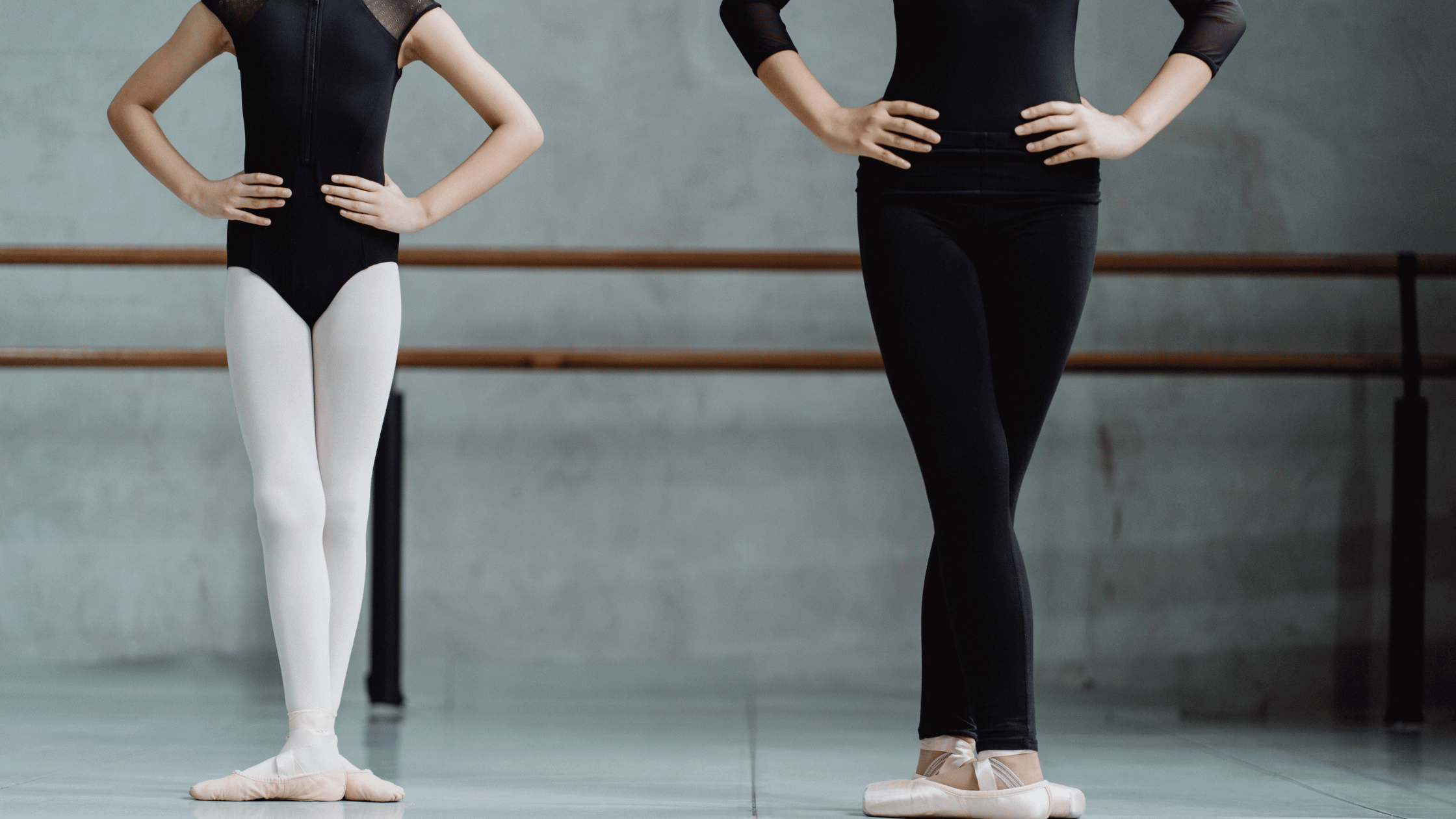Harmonizing Movement: How Physical Therapists and Dance Instructors Ensure Dancer Health

Licensed Physical Therapist, PT, DPT // EW Motion Therapy Trussville
Dance is a captivating form of self-expression where bodies gracefully glide, leap, and twirl through space. Dancers of all levels, from beginners to professionals, dedicate hours to perfecting their craft. However, the beauty of dance often conceals the physical demands it places on the body. To ensure the health and well-being of dancers, a harmonious collaboration between physical therapists and dance instructors is essential. We love working with our dancers at EW Motion Therapy to improve areas their instructors recommend. However, even if you decide that our physical therapy doesn’t fit your needs, you can still read on as we explore how these two professions unite to support dancers in pursuing artistry.
Understanding the physical demands of dance
Dance is not just an art; it's a physically demanding discipline that requires strength, flexibility, balance, and endurance. Here are some key aspects of dance that place strain on a dancer's body:
- Repetitive movements: Dancers often repeat specific actions and sequences, which can lead to overuse injuries if not properly managed.
- Extreme flexibility: Many dance styles require a high degree of flexibility, which can increase the risk of joint hyperextension and muscle strains.
- Balance and alignment: Proper posture and alignment are crucial for preventing injuries. Dancers must maintain balance while performing complex routines.
- Strength and endurance: Dancers need strong muscles to execute powerful movements and endurance to perform for extended periods.
- Injury-prone areas: Certain body parts, such as the feet, ankles, knees, and lower back, are particularly prone to injuries in dancers.
Collaboration between physical therapists and dance instructors
Physical therapists and dance instructors can work hand in hand to address the unique physical demands of dance and reduce the risk of injuries. Here's how they can collaborate to ensure the health and longevity of dancers at any level:
- Assessment and screening: Physical therapists assess dancers' physical condition and identify any existing issues or areas of concern. This assessment helps tailor dance instruction to the individual dancer's needs.
- Example: A physical therapist might identify a dancer's tight hip flexors and recommend specific stretches to improve flexibility.
- Injury prevention workshops: Physical therapists and dance instructors can collaborate to organize workshops focused on injury prevention. These workshops teach dancers proper warm-up techniques, stretching routines, and injury avoidance strategies.
- Example: A workshop might include a warm-up routine incorporating dynamic stretches and exercises to strengthen the core muscles, essential for maintaining balance.
- Customized exercise programs: Physical therapists design personalized exercise programs for dancers to enhance their strength, flexibility, and endurance while addressing specific weaknesses or imbalances.
- Example: For a dancer with a history of ankle sprains, a physical therapist may prescribe exercises to improve ankle stability.
- Communication: Open and regular communication between physical therapists and dance instructors is crucial. They can exchange information about the dancers' progress, physical limitations, and modifications needed in dance routines.
- Example: If a dancer experiences knee pain during a specific move, the dance instructor can inform the physical therapist, who can recommend appropriate modifications.
- Rehabilitation: In case of injuries, physical therapists play a vital role in the rehabilitation process. They work closely with dancers to facilitate recovery, ensuring a safe return to dance activities.
- Example: A dancer recovering from a hamstring strain may receive physical therapy sessions, including therapeutic exercises, manual therapy, and guidance on gradually reintroducing dance movements.
Benefits of the collaboration
The collaboration between physical therapists and dance instructors offers several benefits to dancers of all levels:
- Injury prevention: Dancers can reduce the risk of overuse and acute injuries through proper guidance and conditioning.
- Enhanced performance: Improved strength, flexibility, and alignment can improve dance performance, allowing dancers to reach their full artistic potential.
- Longevity in dance: Dancers can enjoy a healthier dance career by learning to care for their bodies.
- Individualized training: Dancers receive personalized guidance based on their unique physical needs and limitations.
- Faster recovery: In the unfortunate event of an injury, the expertise of physical therapists expedites the healing process.
Dance is a mesmerizing art form that requires dedication, discipline, and physical prowess. To ensure the health and well-being of dancers at any level, the collaboration between physical therapists and dance instructors is invaluable. Working together to assess, prevent, and address injuries creates a supportive environment where dancers can thrive. Through this partnership, dancers can continue to enchant audiences with their graceful movements, knowing that their health is in capable hands. If your dance instructor thinks physical therapy could be helpful for your career, our dance team at EW Motion Therapy can create a customized exercise plan that fits your needs and goals. If you’re curious about what else physical therapy can do for you, click the button below to download our answers to 20 frequently asked questions.


